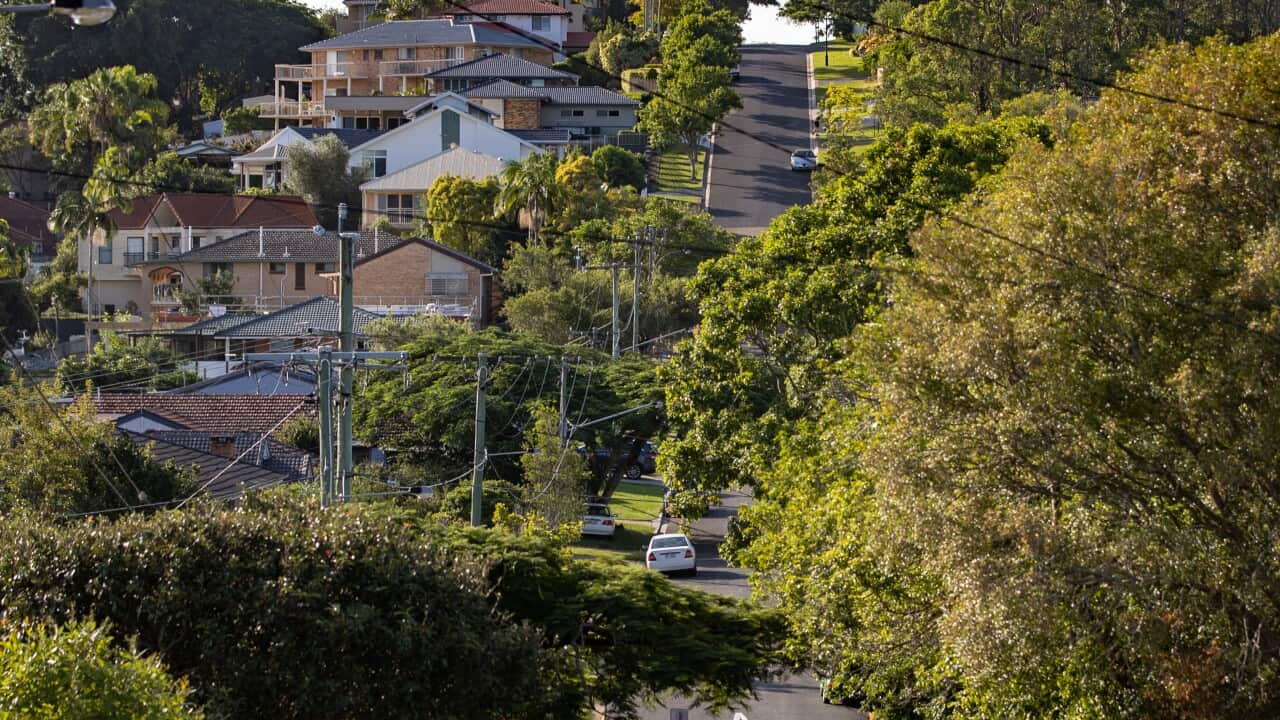Brisbane is Australia’s likely property price growth leader for 2024, according to a new national report naming the suburbs and towns expected to boom this year.
The Queensland capital climbed eight rankings in Canstar’s annual Rising Stars report, released this week, knocking Adelaide from the top spot.
Sydney, Perth, and Melbourne also ranked highly, , which experienced substantial property market growth during the pandemic.
Canstar’s report, compiled in conjunction with property research group Hotspotting, ranks 14 jurisdictions across capital cities and regional areas, identifying suburbs or towns where property prices are predicted to soar.
To determine the top performers, it examines each area’s median house price increases, sales volumes that can drive price growth, vacancy rates, and rental growth.
It also considers infrastructure spending, as an improvement to amenities can generate economic activity and increase property demand.
“In general, the major cities have outperformed the regional centres. In past years, regional centres have exhibited strong growth with the exodus to regional centres driving up property prices,” said Hotspotting founder, Terry Ryder, in a statement.
Both Sydney and Brisbane climbed the ranks due to major infrastructure investments, with the latter .
Paul Ryan, senior economist at property research firm PropTrack, said “relative affordability” was key to Brisbane’s growth, amid .
“It’s still the case that a first-time buyer can get a full-size house, not in the inner suburbs, but a middle-ring suburb in Brisbane, Adelaide, and Perth,” he told SBS News.
“It has been a long-running trend, particularly in Brisbane, for aspiring homeowners to move from Melbourne and Sydney for housing affordability reasons.”
Ryan noted the strong market conditions remained, despite property prices rising 30 per cent in the last 12 months alone.
He explained that Australians had shifted their housing preferences during the pandemic, desiring more space and bigger homes.
While this trend had persisted for those with flexible working arrangements, there had been a flip in the last 12 months back to capital cities as evidenced by Canstar’s top five growth areas.
What suburbs or towns are ‘rising stars’?
Canstar’s report highlighted several “rising stars” in each jurisdiction, with strong property prices expected due to factors including high demand, proximity to transport, lifestyle, and low vacancy levels.
Brisbane: Bellbird Park, Bowen Hills, Cleveland, Eagleby, Goodna, Milton, Nundah, Petrie, Springwood, and Wavell Heights.
Regional Qld: Bargara, Berserker, Blacks Beach, East Toowoomba, Golden Beach, Kingaroy, Merrimac, Nambour, Varsity Lakes, and West Gladstone.
Adelaide: Andrews Farm, Christie Downs, Elizabeth East, Enfield, Greenwith, Mount Barker, Hope Valley, Salisbury, St Clair, and Woodcroft.
Regional SA: Kadina, McCracken, Mount Gambier, Murray Bridge, and Whyalla.
Sydney: Ashfield, Casula, Guildford, Minto, Mount Druitt, Newtown, Padstow, Penshurst, St Marys, and Westmead.
Regional NSW: Charlestown, Dapto, Coffs Harbour, East Gosford, Heddon Greta, New Lambton, Nowra, Tweed Heads, and Woonona.
Perth: Balcatta, Banksia Grove, Belmont, Bentley, Golden Bay, Gosnells, Harrisdale, Midland, Greenwood, and Wellard.
Regional WA: Broome, Bunbury, Geraldton, Greenfields, and Withers.
Melbourne: Ascot Vale, Boronia, Brunswick East, Collingwood, Frankston, Mill Park, Mitcham, Northcote, Nunawading, and Oakleigh.
Regional Victoria: Bairnsdale, Castlemaine, Darley, Eaglehawk, Maiden Gully, Officer, Pakenham, Sebastopol, Seymour, and West Wodonga.
Hobart: Blackmans Bay, Geilston Bay, Hobart City, Midway Point, and Rokeby.
Regional Tasmania: Launceston, Newstead, Norwood, Riverside, and Ulverstone.
Darwin: Darwin City, Gunn, Fannie Bay, Nightcliff, and Zuccoli.
Canberra: Callwell, Canberra City, Dickson, Gungahlin, and Wanniassa.
What’s expected in the housing market for 2024?
Nationally, the median home price was up 6.79 per cent year-on-year in March, according to the latest PropTrack data.
Across the capital cities, the median home price went up to $832,000 — a 7.64 per rise over the same periods.
The increases marked new price records on both fronts.
Ryan said he expected prices to keep growing in 2024 — but at a “slower than average pace”.
He said while the year had started stronger than forecast, a lack of affordability was locking a lot of people out of the housing market and was expected to deter substantial price growth.
“We’re seeing affordability increasingly be a constraint on further price growth after prices are up somewhere in the range of 40 per cent over the past four years,” Ryan said.
continued to deter first-home buyers, whose borrowing power has also drastically reduced as a result, he said.
“I think everyone’s looking to win and if interest rates fall later in the year, that might ease affordability constraints for a lot of buyers.”


